I have a list of coordinates, coord, which looks like this when plotted:

I want to remove the long string of points that goes completely from 0 to 1 from the data set, shown on this plot starting at (0, 11) and ending at (1, 11) and the other one that begins at (0, 24) and ends at (1, 28).
So far, I have tried using kmeans to group the data by height using this code:
jet = colormap('jet');
amount = 20;
step = floor(numel(jet(:,1))/amount);
idxOIarr = cell(numel(terp));
scale = 100;
for ii = 1:numel(terp)
figure;
hold on;
expandDat = [stretched{ii}(:,1), scale.*log(terp{ii}(:,2))];
[idx, cent] = kmeans(expandDat(:,1:2), amount, 'Distance', 'cityblock');
idxOIarr{ii} = idx;
for jj = 1:amount
scatter(stretched{ii}(idx == jj,1), FREQ(terp{ii}(idx == jj,2)), 10, jet(step*jj,:), 'filled');
end
end
resulting in this image:  Although it does separate the higher rows quite well, it breaks the line in the middle in two and groups the line that begins at (0,20) with some data points below it.
Although it does separate the higher rows quite well, it breaks the line in the middle in two and groups the line that begins at (0,20) with some data points below it.
Is there any other way to group and remove these points?